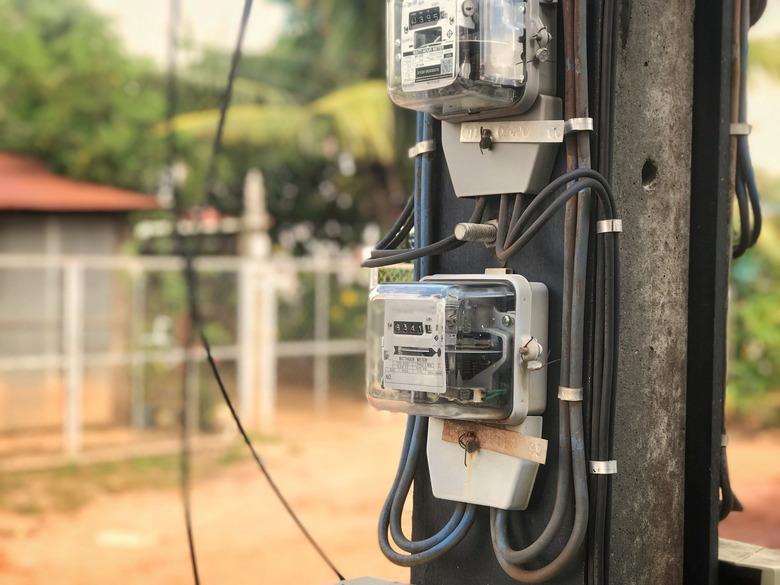Single Phase Vs. Three Phase Wiring
Electric companies can generate both single-phase and three-phase power. This power is what supplies electricity to all residencies and industries. Generally, single-phase currents are designed for residential use, while three-phase electric is used in industry. Three-phase electric is hardly ever used in residential wiring, so it's usually better to purchase a single-phase machine or — if one isn't available — a three-phase converter.
What Is Single-Phase Power?
What Is Single-Phase Power?
Single-phase power is used for residential customers predominantly. Those who live in high-rise buildings may be supplied with three-phase power because their building as a whole may require more power overall. There are two broad types of single-phase wiring — 120 volts and 240 volts.
A 120-volt single-phase wiring is what's called phase-to-neutral wiring. These circuits have two wires for carrying current — a hot wire and a neutral wire. The hot wire carries the current from the circuit breaker, while the neutral wire returns the current. The neutral wire is usually white and the hot wire is any color except for green or white.
A 240-volt single-phase wiring uses two hot wires. Both of these wires supply the current to the appliance and return the current to the service panel. This is sometimes called phase-to-phase wiring and is most commonly used for a heater and air conditioners. An additional neutral wire can be added into the circuit, which allows some elements of the appliance to use 120 volts and other elements to use 240 volts.
What Is Three-Phase Power?
What Is Three-Phase Power?
Three-phase power is used in the industry more commonly, but not in households. Most commercial enterprises, factories, and some farms will require three-phase power. A three-phase circuit has three power lines, plus one neutral return path. Again, there are two broad types of three-phase wiring.
Although commonly, three-phase wiring is thought of as exclusively industrial, there is some instance of commercial use. Densely populated, high-rise buildings may need three-phase power. This type of wiring is sometimes referred to as three-phase with neutral. Individual customers receive only two of the three phases – or 208 volts.
The common wire colors for this type of wiring are:
- Black for phase one
- Red for phase two
- Blue for phase three
- White or gray for neutral wire
The other type of three-phase power is three-phase motor wiring. Electrics induction motors use all three phases of the power, without any neutral wire. A three-phase motor circuit is nearly as efficient as a DC supply. Each of the three-phase wires connects to a specific motor lead.
What Is the Difference Between Single Phase and Three Phase?
What Is the Difference Between Single Phase and Three Phase?
The clue to the difference between single-phase and three-phase supply is in the name. Single-phase has just one "motion," while three-phase has three. Three-phase power offers the potential for a stronger current, but it is also more adaptable as any one of the three phases can complete the circuit. Three-phase power also provides a more consistent current.
There's also a difference in efficiency when it comes to single-phase versus three-phase. Single-phase power is adequate for running motors up to around 5 horsepower but is far less efficient at doing so than three-phase power. Although conversion from single- to three-phase can be expensive and difficult, three-phase power is more efficient and safer to run.
